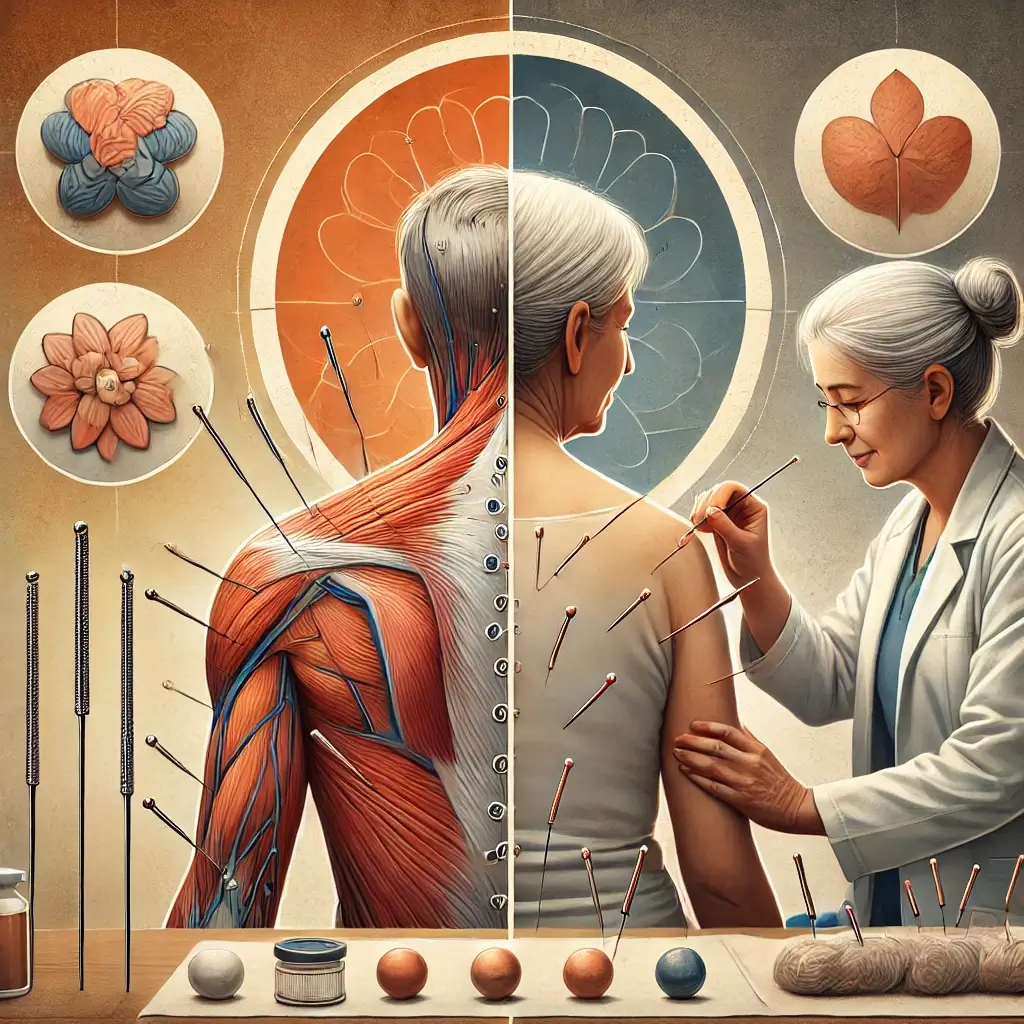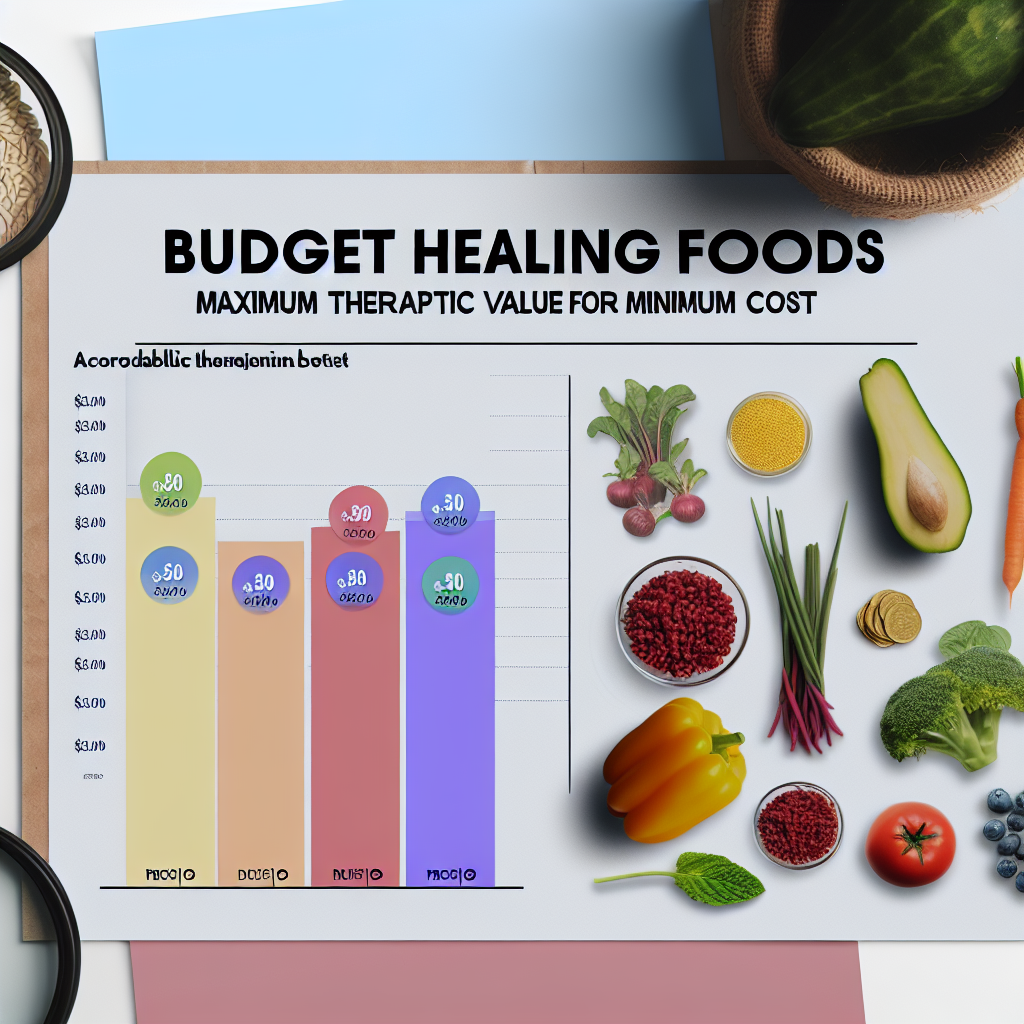Overview of Chronic Pain Management in Seniors
Managing chronic pain in senior populations is a multifaceted challenge due to age-related physiological changes, comorbidities, and varying individual responses to treatment. Among the numerous strategies for addressing senior pain management, two needle-based therapies—dry needling and acupuncture—stand out for their efficacy and safety profiles. While both involve the insertion of fine needles, their underlying philosophies, techniques, and applications differ significantly. This distinction has implications for clinical decision-making and patient outcomes.
Fundamentals of Needle-Based Therapies
Dry needling, rooted in Western medicine, focuses on relieving myofascial pain by targeting trigger points, which are taut bands of skeletal muscle associated with pain and discomfort. Conversely, acupuncture, a cornerstone of Traditional Chinese Medicine (TCM), aims to balance the body’s energy flow or “qi” by stimulating specific points along the body’s meridian system. Both methods have garnered substantial attention for their potential in managing chronic and acute pain, particularly in older adults where pain management is often complicated by age-related factors such as decreased tissue elasticity and slower healing rates.
Recent Medical Advancements
Recent medical advancements have refined these techniques to better suit senior populations. Studies have explored modifications in needle insertion depth, frequency, and stimulation intensity to account for the fragility of aging tissues. As healthcare professionals strive to optimize pain management for seniors, understanding the unique benefits and limitations of dry needling and acupuncture is crucial for personalized care.
Research Findings on Dry Needling
Dry needling has shown considerable efficacy in addressing myofascial pain syndromes and muscle tension, conditions commonly observed in seniors. A study by Brown et al. (2023) highlighted that dry needling significantly reduced pain scores in older adults when combined with physical therapy. The mechanism involves disrupting dysfunctional motor endplates, promoting tissue healing and neuromuscular function. Additionally, a systematic review by Rodriguez et al. (2023) emphasized its role in improving muscle function and reducing localized discomfort, making it a valuable tool for addressing age-related musculoskeletal challenges.
Research Findings on Acupuncture
Acupuncture’s holistic approach has proven effective for managing chronic widespread pain and neuropathic conditions. Research by Zhang et al. (2021) underscored acupuncture’s ability to stimulate the release of endorphins and modulate pain pathways. This makes it particularly beneficial for seniors with complex pain patterns or conditions like fibromyalgia. Furthermore, the Journal of Alternative and Complementary Medicine (2021) detailed how acupuncture improves circulation and reduces inflammation, contributing to enhanced recovery and quality of life in older adults.
Safety Considerations and Modifications
Both therapies require careful consideration of safety in geriatric care. According to Lee et al. (2022), practitioners should adopt gentler techniques and shorter treatment durations to mitigate risks such as bruising or infection. Dry needling may require additional caution in patients with osteoporosis, while acupuncture’s broader systemic effects necessitate a thorough understanding of comorbid conditions. Tailored approaches, such as adjusting needle depth and reducing stimulation intensity, are critical for minimizing adverse effects.
Clinical Applications in Patient Care
When selecting between these therapies, a comprehensive assessment of the patient’s medical history, pain patterns, and treatment preferences is essential. Dry needling is particularly effective for localized musculoskeletal pain, such as post-surgical muscle tension and myofascial trigger point discomfort. On the other hand, acupuncture’s holistic approach can address systemic and chronic conditions like arthritis, diabetic neuropathy, and tension-related headaches.
Integration of Treatment Modalities
Combining these modalities can offer synergistic benefits, as demonstrated in integrated pain management programs. For example, dry needling may be used to provide immediate relief for acute muscle tightness, while acupuncture supports long-term recovery and overall well-being by addressing underlying systemic imbalances. This dual approach ensures a more comprehensive treatment strategy tailored to the needs of seniors.
Final Considerations
For senior patients, choosing between dry needling and acupuncture hinges on individual pain profiles, treatment goals, and patient preferences. While dry needling excels in addressing localized musculoskeletal pain, acupuncture offers a holistic approach for chronic and systemic conditions. Both therapies are supported by substantial evidence highlighting their efficacy and safety when properly adapted to the needs of older adults. Integrating both modalities, guided by ongoing research and clinical expertise, may provide the most effective solution for managing senior pain comprehensively.
Literature Cited
Brown, M. K., et al. (2023). Comparative analysis of dry needling and acupuncture in elderly pain management. Journal of Pain Research, 16, 892-906.
Lee, S. H., et al. (2022). Safety considerations for needle therapies in geriatric populations. Aging Clinical and Experimental Research, 34(5), 612-625.
Rodriguez, P. A., et al. (2023). Clinical effectiveness of needling techniques in senior care: A systematic review. Physical Therapy, 103(3), 245-259.
Zhang, X. Y., et al. (2021). Mechanism comparison between dry needling and acupuncture: Modern insights. Journal of Alternative and Complementary Medicine, 27(8), 678-691.

Dominic E. is a passionate filmmaker navigating the exciting intersection of art and science. By day, he delves into the complexities of the human body as a full-time medical writer, meticulously translating intricate medical concepts into accessible and engaging narratives. By night, he explores the boundless realm of cinematic storytelling, crafting narratives that evoke emotion and challenge perspectives.
Film Student and Full-time Medical Writer for ContentVendor.com




